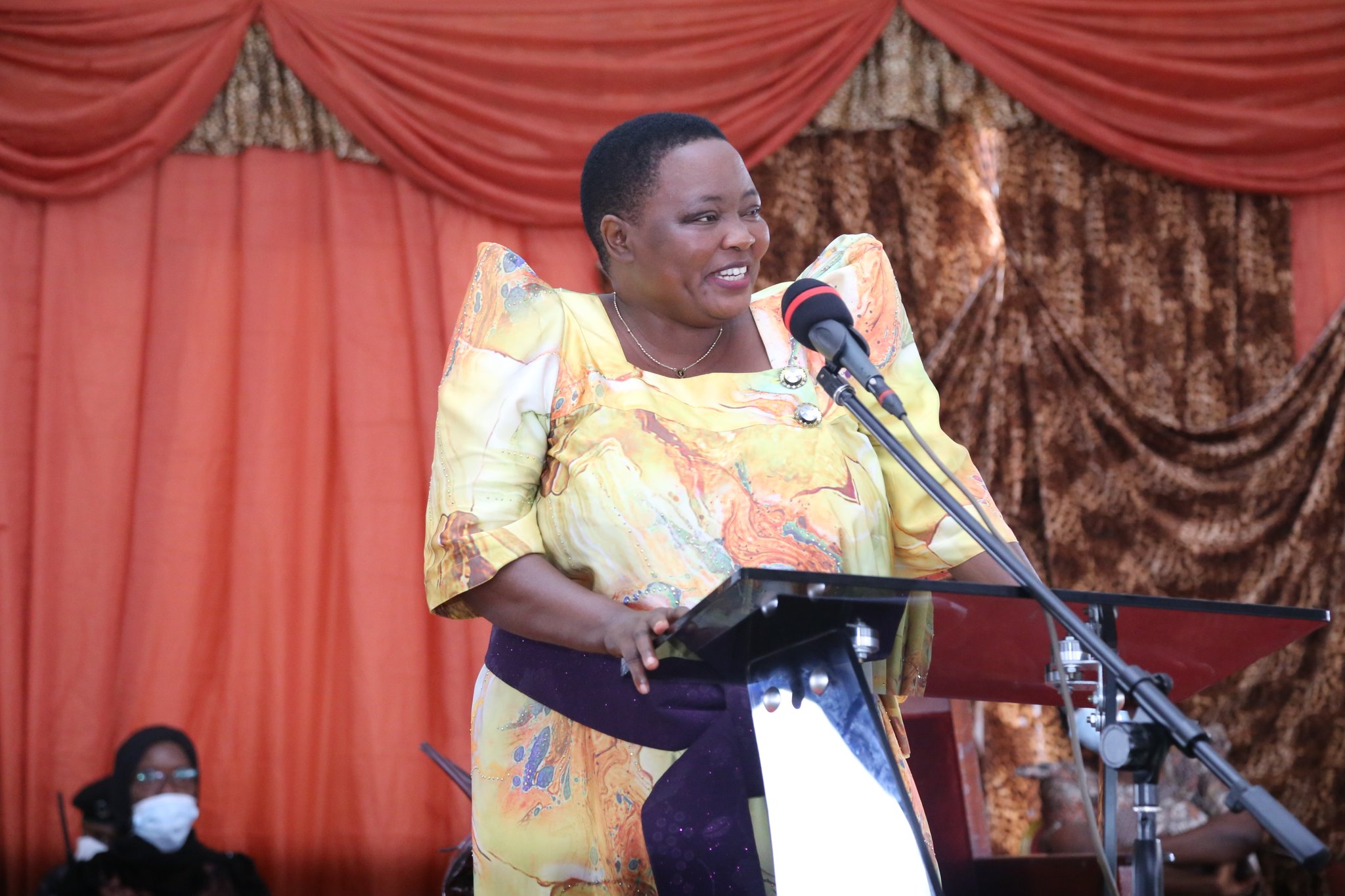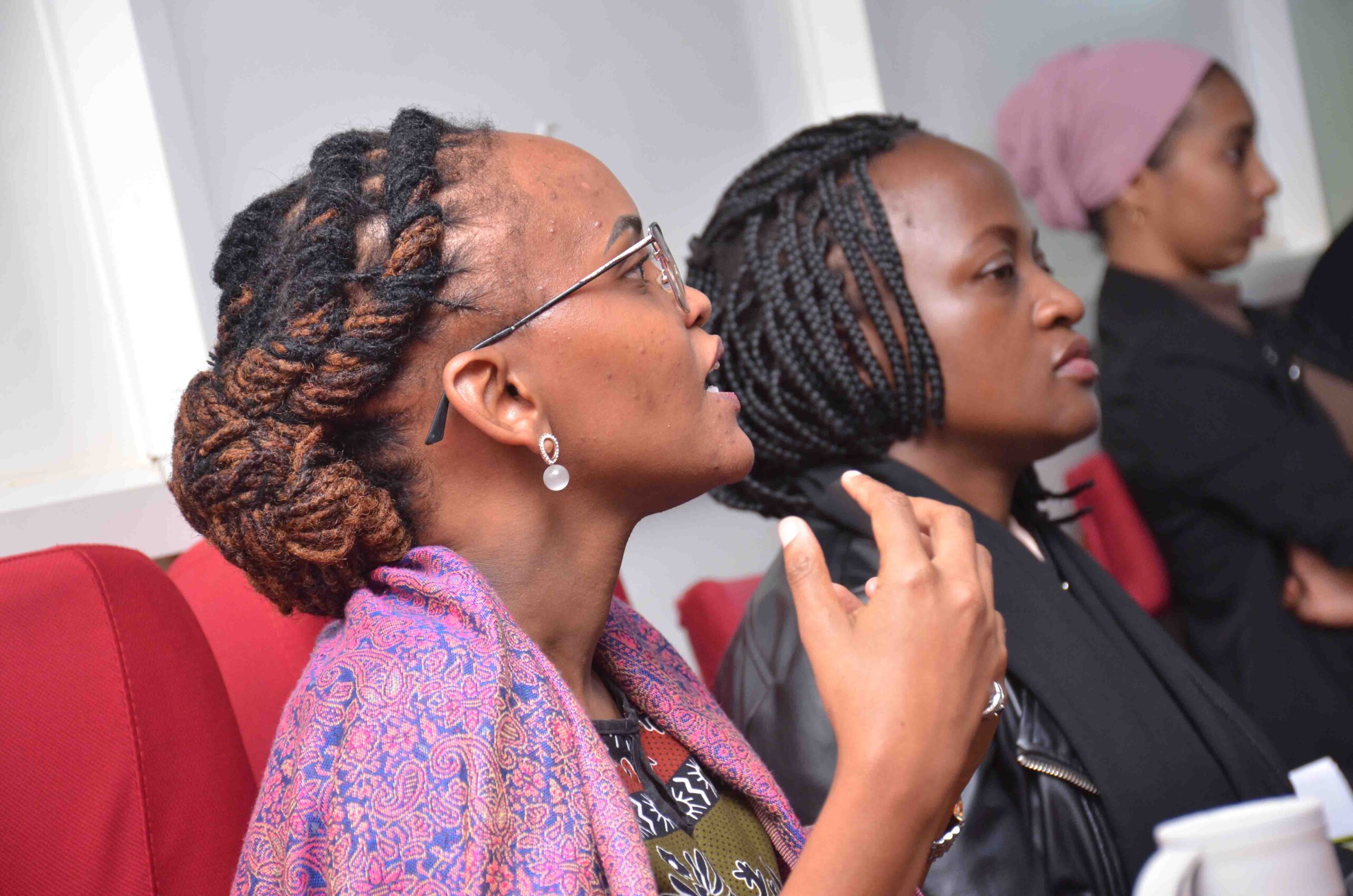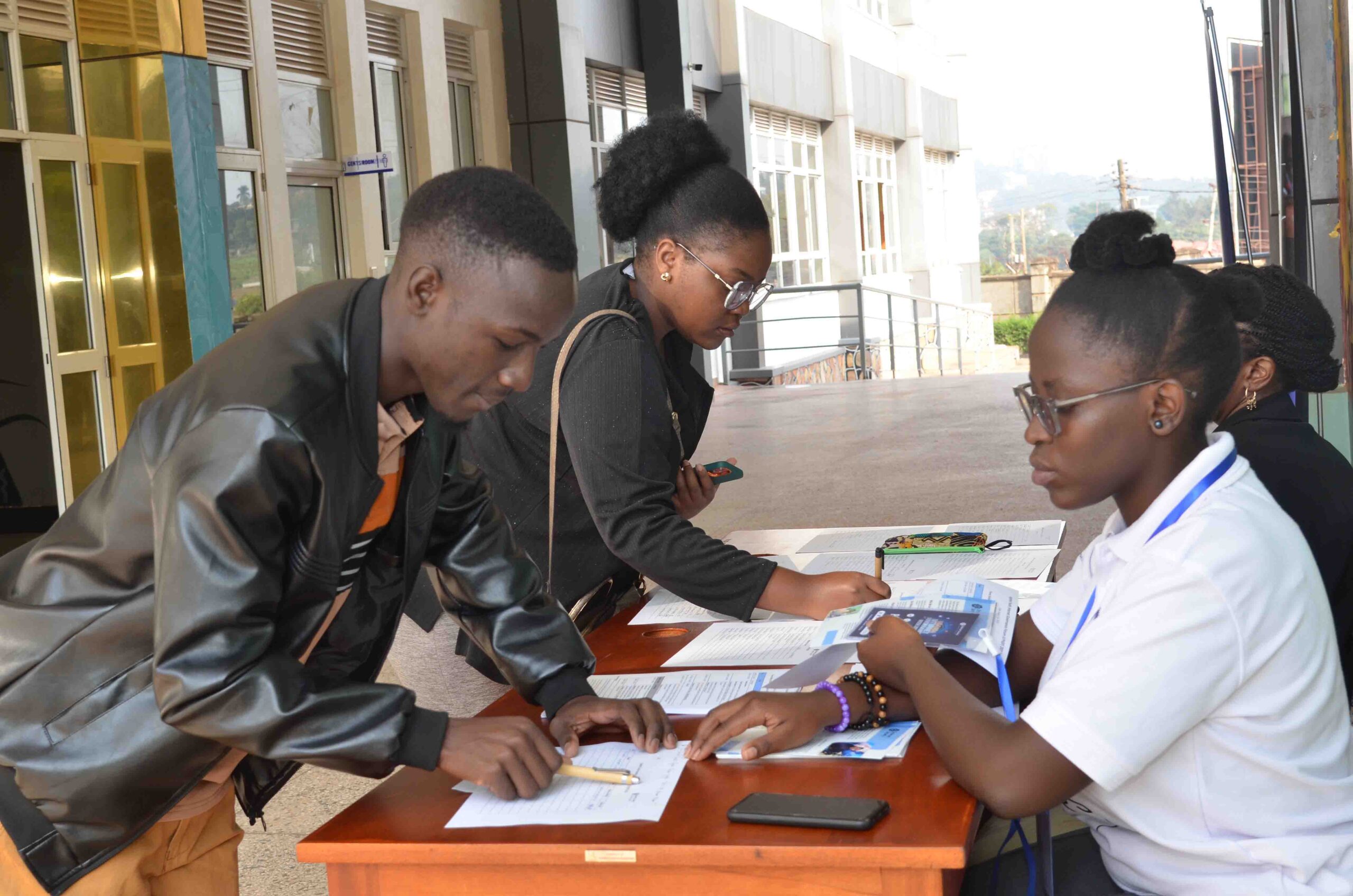Information Sharing Systems for Community Settings: Connecting People with Knowledge
Published on Friday, August 16, 2024 by admin
Information as a Community Asset
Sharing knowledge and information is vital for community growth. In many communities, access to timely and relevant information can mean the difference between thriving and struggling. The Eliezah Foundation helps communities build effective information-sharing systems that respect local cultures and languages.
Traditional and Modern Methods of Information Sharing
- Community Centers and Meetings: Traditional gatherings like church services, village meetings, and community events are great ways to share important information.
- Radio and Announcements: Community radio stations are effective for reaching a wide audience, especially in rural areas. Short public announcements in local languages can keep everyone informed.
- Digital Platforms: Where possible, use SMS alerts, WhatsApp groups, and social media platforms to spread information quickly and efficiently.
Creating a Community Information Network
- Involve the Community: Ensure that community leaders, elders, and volunteers are involved in designing the information-sharing system.
- Cultural Sensitivity: Tailor your communication methods to local customs, languages, and practices. This helps build trust and ensures that the message resonates.
- Train Information Champions: Identify and train community members who can take the lead in managing and disseminating information. These could be teachers, health workers, or trusted elders.
Step-by-Step Guide to Building an Information System
- Map Out Existing Resources: Identify key places where people gather, like health centers, markets, and schools. These can be used as hubs for sharing information.
- Develop a Multi-Channel Strategy: Use a combination of face-to-face communication, traditional media like radio, and digital platforms to reach the most people.
- Set Up Regular Information Sessions: Schedule regular community meetings or broadcasts where updates and important news can be shared.
- Gather Feedback and Adapt: Engage the community regularly to see how effective the system is and make adjustments based on their needs and preferences.



